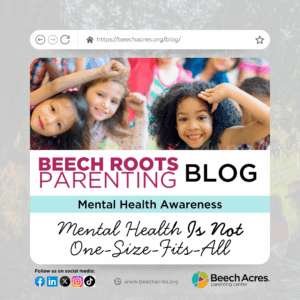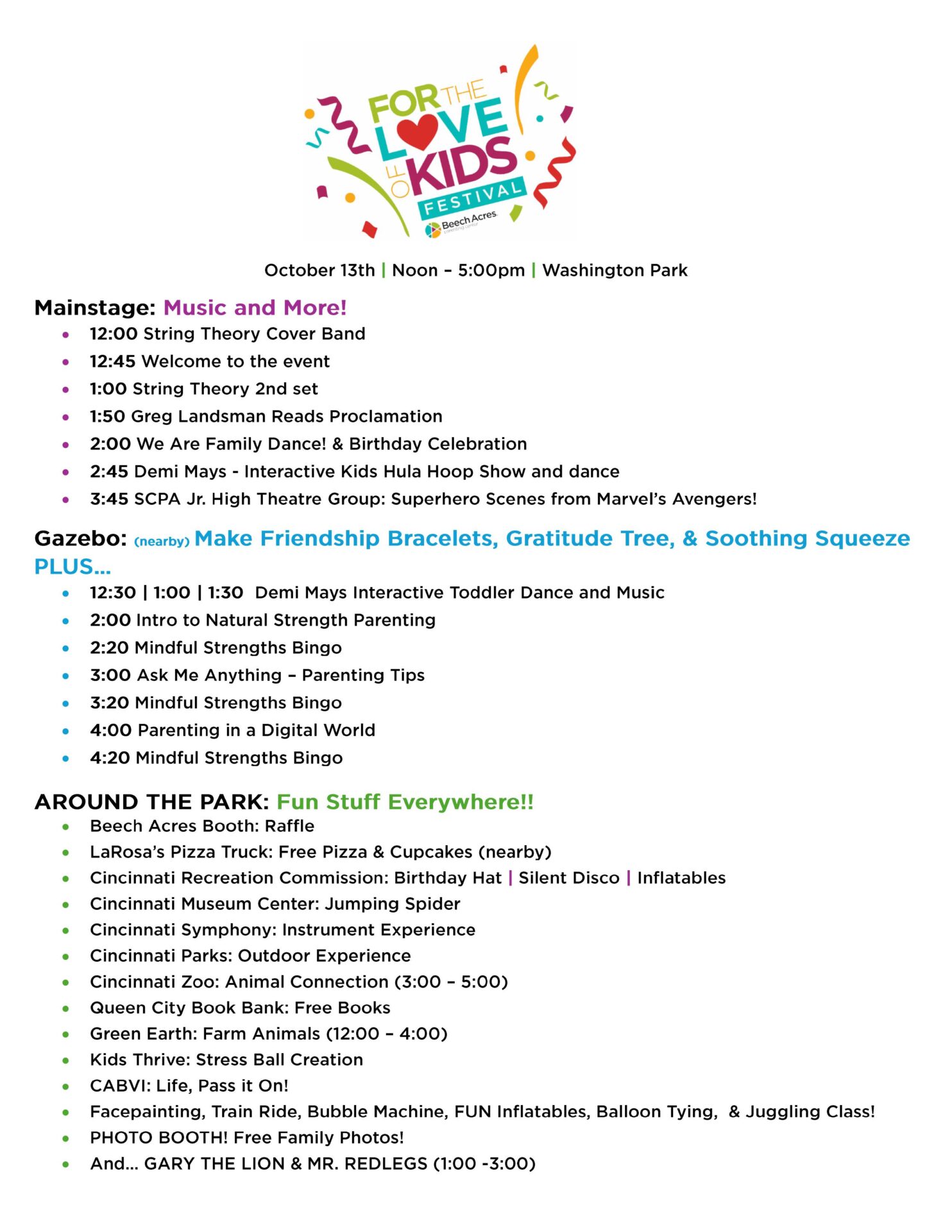Mindful Practices
Most of us are moving at the speed of light, engaged in innovative and exciting new projects that play to our strengths yet we can feel overwhelmed with deadlines and the task lists that often accompany them.
Mindful practices can help. There are different skills emphasized in various mindful practices so that you
can feel more accomplished and less stressed: Presence Instruction which heightens attentiveness to vision, sound and taste (calming when you are feeling stressed), Affect Training that allows for greater compassion, empathy and acceptance (we are hardest on ourselves during stressful times) and Perspective Training to help a person reflect on the perspective of another person and minimize unproductive and energy-draining negative thoughts and feelings (creating stress not reducing it).
To achieve a greater mind-body balance, a sense of calm and to be more productive, try one of these. Or several.
Informal Practice
1. Breathing. This can be done anywhere at any time. Try this before a meeting or just while sitting at your desk. All you have to do is be still and focus on your breath for at least one minute. Breathe in through your nose and exhale through your mouth; one cycle should last about 6 seconds. Feel yourself breathing from your belly-the deeper the breath, the more beneficial it is as it brings oxygen to all parts of you. Try to stay focused on your breathing but if thoughts come to mind, its o.k., just notice them and then focus back on your breath. One minute is good, two or three is even better.
2. Listening. We are influenced by our past experiences so when we are experiencing stress we unconsciously and automatically respond in similar ways to a current situation. Your mind says ‘here we go again’ and all parts of you respond accordingly. When we listen from a more conscious, mindful state, we can achieve a neutral presence that lets us hear sound without preconception. You can listen to music, the sounds of birds outside of your window or any other sound that captures your attention to practice this. Just listen without judging. Training yourself to do this will allow you to be more accepting and less critical both of yourself and of others.
3. Leave It. There is no such thing as work-life balance. It is more about work-life integration. We think about our personal lives at work and our professional lives at home. But being mindful as you transition from one place to the other can keep stress at bay. Whether it be a mantra, breathing, or whatever else you choose, create the space that allows you to consciously shift gears from one place to the other.
Formal Practice
Mindful Awareness
4. Observation. This practice is designed to help us connect to things that are important in our environment since we so easily miss them when we are in a hurry. While in your office, choose an object to focus on that holds special meaning to you. It might be a picture of your favorite place or a family member, artwork or a saying. It can also be something that you wear. Focus on that object as if you are looking at it for the first time. Notice the details. If it’s a picture, the features or the material that you chose for the frame. What feeling does this object create? The way that you are experiencing this object is unique to you and important enough that
you have it at work as a reminder. Taking a deep breath in gratitude for the positive feelings it likely brings you can shift stressful thinking, reigniting the energy you need for your day.
5. Immersion. The intention of this activity is to cultivate contentment in the moment and escape the persistent striving we find ourselves caught up in on a daily basis. Rather than anxiously wanting to finish something so that we can get on to the next thing we are thinking about, fully experience each task as you are doing it. If you are prepping for a meeting, pay attention to the tasks you are working
on in the moment for that meeting. Creating an entirely new experience by being fully engaged and noticing every moment that you are dedicating to that task. Do not let other disruptions shift your attention. You’ll find that the anxiousness and dread you feel in completing the task lessens and you may even find it enjoyable.
6. Appreciation. This one is simple and yet very powerful. Notice 5 things that other people say or do in a day that may go unnoticed or unappreciated. Let them know. When you give thanks and gratitude to people, work life is automatically less stressful. And it’s contagious so it gets paid forward.
Mindful Movement
7. Movement. When you are feeling tired or restless from sitting at your desk, simply get up and stretch. However it feels best to you. Pull your left arm over your body to the right and again the opposite way. Move your shoulders up and down. Move your neck in a circular motion. This small but powerful spurt of energy allows your mind and body to refuel and is a great stress reliever.
8. Mindful Walking. The practice of mindful movement can help students and adults relax and manage their own stress. Start off by practicing mindful walking as a group. It is
easy to walk mindfully, you start off by finding a short path to walk to and from in your classroom. You can also form
a large circle and have everyone slowly walk in the same direction around the circle. Have your students practice this in silence. The key to mindful walking is to notice the feelings and sensations in your legs, notice how each step feels and sounds. As your mind wanders and thinks about other things, bring your attention back to your feet and legs. You may even offer the students the opportunity to take off their shoes. By practicing without your shoes on you really can feel your feet touching the ground with every part of your foot. Once you have practiced this way you could take a trip outside and have your class walk around the school, in silence. Have them focus on their steps. Remind them that when their mind wanders to bring their thoughts back to their walking.
Mindful Meditation
9. Breath as Anchor. Find a comfortable seat, place your feet on the ground, sit-up with you back straight. Place your hands flat on your lap or in a comfortable un-crossed location. Close your eyes, if comfortable or find a soft gaze. Settle in this comfortable seat, into the room, into this moment. Notice your breath, coming in and out through your nose.
Notice where you feel this breath-Do you feel it in
your nose? In your throat, chest or belly? If your mind wanders, which it will, notice without judgment….then go back to your breath. Your breath is your Anchor.
All you need to do is focus on this anchor and your breath, breathe in and breathe out. Inhale and Exhale. Silence for 30-45 seconds. Now begin to come back to noticing yourself and your surroundings, focus on the present moment. When you are ready open your eyes.
10. Body Scan. Find a comfortable seat. Sit up straight; uncross your legs and arms. Place your hands on
your lap or on the table in front of you. Start by
taking one deep breath in through your nose and out through your mouth and again breathe in through your nose and out through your mouth. Now begin
to quiet your body and calm your mind. What do you notice? How is your body feeling today…..any tingling or pain? Whatever you notice that is ok. Take a deep breath, breathe in through your nose and this time out through your nose; one more time breathe in through your nose and out through your nose. Now allow your mind and brain to quiet and just focus on breathing in and out. Next notice yourself seated in your chair, feel your back and legs pressed against the chair. Take two deep breaths in and out.
As you take these breaths, allow your mind and body to quiet. Notice your feet on the ground. Press them firmly to the ground. Take two deep breaths in and out and allow your legs to relax and your mind and body to quiet. Bring attention to your stomach. What do you notice; does it feel like knots or do your feel like it has butterflies flying around? Breathe in and breathe out, allow your stomach to quiet and relax. Notice your hands. Are they tight or tingly, take a deep breath in and out and allow them to relax and rest quietly. Notice your arms. Take a deep breath in and out
and allow your arms to soften and relax. Notice your neck and throat. Take a deep breath in and out and allow them to soften and relax. Notice your face and your mouth take a deep breath in and out and allow them to relax and soften. Breathe in and breathe out. Notice your entire body. Does it feel more relaxed…. do you feel calmer or relaxed…..maybe a little sleepy. Whatever you feel is ok. Take one more deep breath in and out, then open your eyes and bring your attention back to the room.
With regular mindful practice, rather than being led on auto-pilot by stress, you can harness the ability to root the mind in the present moment and deal with your workday challenges in a clear-minded, calm and proactive way. What will you be willing to try? To commit to?
Unfortunately, stress has always been a factor for kids, students, parents, and elders. Try to Cultivate Mindfulness at Home to reduce stress for the whole family.







